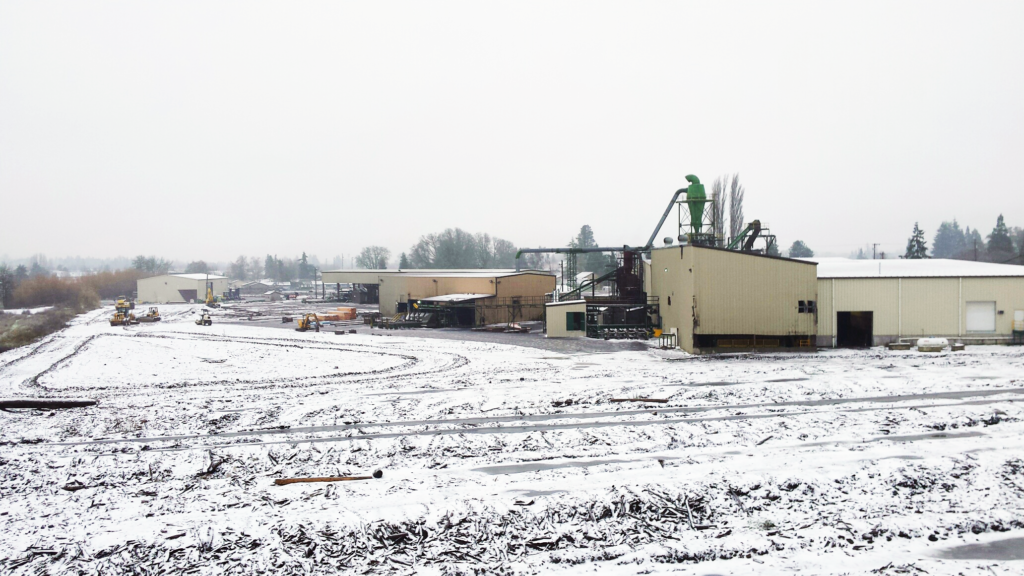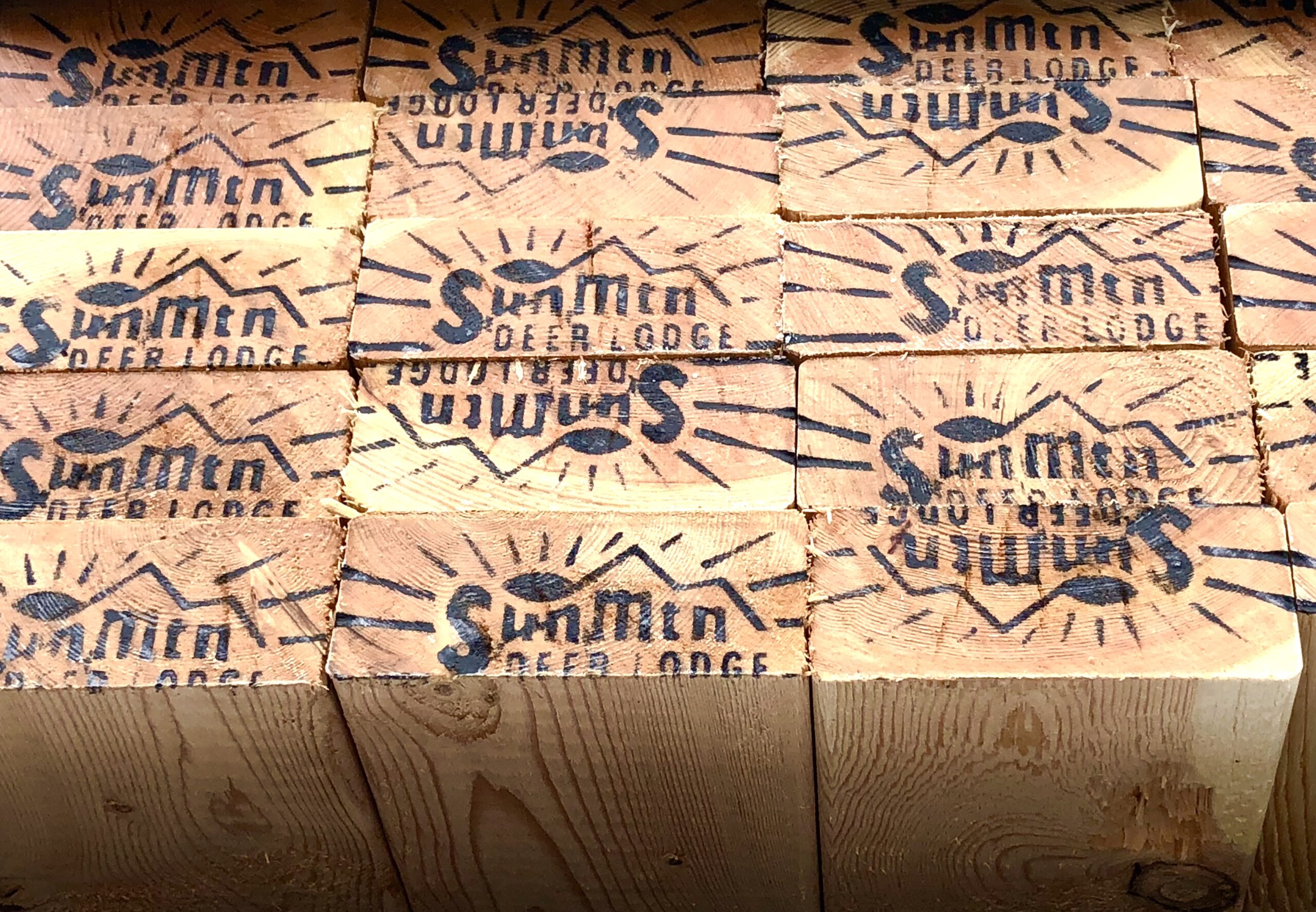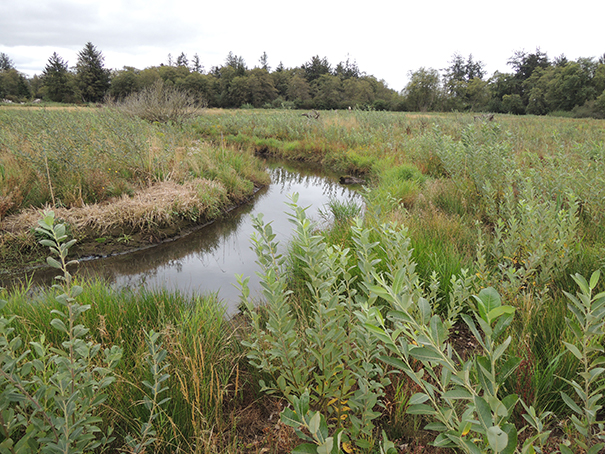The Pacific Northwest has long been the epicenter of the American forestry and logging industry. Today, Oregon and Washington are the top-two softwood lumber producers in the nation, together accounting for 29 percent of the building materials produced in the U.S. The region’s expansive forests, dominated by towering Douglas fir and western hemlock, have provided an ideal setting for the growth of the industry. My grandfather, John Hampton, was a pioneer in the local forest products sector. While the region is still known for its wood products, the timber industry and the forest practices that support it have changed a great deal since my grandfather first started his career.
Grit Meets Science
In the timber industry’s early years, harvests occurred with little consideration for the long-term health of forests and wildlife. The latter half of the 20th century, however, saw a significant shift towards sustainability and ecosystem protections in both forestry and logging operations in the Pacific Northwest. In 1971, Oregon passed the Oregon Forest Practices Act (FPA). The first of its kind, the FPA required, among other things, that harvest areas be replanted within two years of harvest. Washington followed suit a few years later. Today, more than 92 million trees are planted each year in Oregon and Washington.
Modern forest practice rules in both states require extensive buffers for fish-bearing streams to protect water quality during and after harvest and keep stream temperatures cool for fish and other aquatic species. In Oregon, the recent Private Forest Accord ushered in new rules that require landowners to leave more trees during harvest to improve stability on steep slopes and buffer requirements have been extended to include non-fish and perennial streams. How we manage forest roads has also changed. Rather than cutting direct paths through forestland, forest engineers carefully plan roads to minimize water quality impacts. In addition, today’s forestland owners must inventory and upgrade culverts to protect water quality and enhance fish passage under forest roads.
New technologies, such as GIS mapping and drone surveillance, are also used to enhance our understanding of forest conditions. Nothing, however, replaces good, boots-on-the-ground forestry. While state and federal laws provide a standardized framework for forestry operations, every unit is unique and professional foresters must have first-hand knowledge of the terrain, soil types, streams, and slopes to make informed decisions. Unit harvest plans often start two years in advance, and include the welcomed expertise of wildlife biologists, geologists, and other professionals.
Our foresters also look for ways to enhance habitat values. At Hampton, we strategically sow native wildflower seeds in recently harvested units to support native pollinators. Some of our other efforts include the creation and maintenance of ‘biodens’ for wildlife and placement of large woody debris in streams to improve habitat complexity. Partnerships with groups such as the North Coast Watershed Association and Oregon State University have helped advance habitat enhancement goals in our forests.
Some Things Remain the Same
Being one of the region’s oldest industries has its benefits. While practices and science have evolved over time, many of the same families that worked these lands decades ago are still at it. The multi-generational, family businesses supporting the industry help maintain the knowledge and experience needed to keep our forests healthy and productive. As a landowner, we work with dozens of local family-owned logging, hauling, and reforestation operations to manage our lands and get wood from the forest to the mill and into the lumber market. These are the same people who recreate in working forests, protect them from fire, and benefit from healthy environments ensured through modern forest practices.
Another thing that has remained unchanged over the years; the growing demand for renewable building materials. By 2060, the earth’s population is expected to reach 10 billion. According to the United Nations’ Global Status Report, cities will need to create an additional 2.5 trillion square feet of building space to accommodate the increase. Wood, including that sourced from Pacific Northwest forests, is the most sustainable building material available and will continue to play an important role in housing and community development here at home and around the world.



